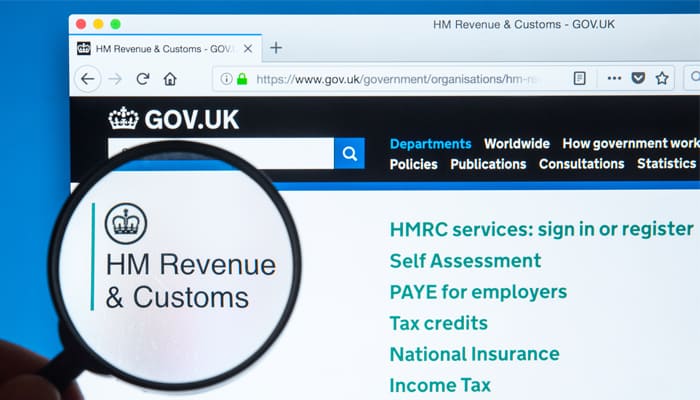Blogs › National Insurance Contributions, 2022
National Insurance Contributions, 2022

© chrisdorney / Shutterstock.com
The funding is needed to help the NHS and the social care system to recover from the Covid pandemic. It will raise an extra £12 billion annually. Initially, the money will boost NHS coffers, but a portion will be moved into social care funding over the next three years.
When the government announced the changes in September, Prime Minister Boris Johnson was heavily criticised by opposition ministers, who accused him of breaking his 2019 election manifesto pledge not to raise National Insurance contributions.
However, the PM said the rise had become necessary because the pandemic had placed a large burden on the NHS that nobody could have anticipated in 2019.
How will the rates change?
Certain National Insurance rates will increase by 1.25% in April 2022. Then, in 2023, the health and social care element will be separated. The amount being paid by employees will be visible on their payslips. The new amount will be paid by all working adults, including those above the state pension age, unlike other National Insurance contributions.
The increase will be levied on Class 1 NI rates paid by employees and Class 4 NI rates paid by self-employed people. HMRC will administer the payments via its exiting channels: pay-as-you-earn and income tax self-assessment.
The government estimates an employed basic rate taxpayer earning £24,100 a year in 2022/23 will contribute an additional £180 per year. A taxpayer earning a higher wage of £67,100 a year in 2022/23 will pay an additional £715 per year.
The current Class 2 self-employed NI contributions and Class 3 NI contributions (the voluntary payments made to top-up gaps in the state pension) will not be impacted by the increase. Nor will it be taken from any pension income.
Dividend tax rates will increase by 1.25% from April 2022. This is the tax on any payments given to you by a company in which you hold shares, usually when it has made a profit.
What does this mean for employees and employers?
Employees pay National Insurance along with their tax, so the employer will take it from the employees' wages before they get paid. The employees' payslip will show their contributions.
In the case of the director of a limited company, they may also be their own employee and will pay Class 1 NI through their PAYE payroll.
An employee who does self-employed work as well will have their Class 1 NI contributions deducted by their employer. They may have to pay additional NI contributions for their self-employed work too.
Will there be more pressure on SMEs?
Analysts fear the change will have a negative impact on SMEs, who are still trying to recover from the pandemic. Employer National Insurance contributions will also increase - leaving less money to spend on building up the business.
It will also mean more complex calculations to work out the company payroll, causing problems for employers still trying to cope with the generally challenging climate.
SMEs need to start looking into the impact of the new NI rate now to see how much it will cost their business and where they can possibly make savings elsewhere to counteract this.
Analysts estimate the increase in employers’ National Insurance contributions will cost an average small business, with 50 employees, an extra £10,000 to £20,000 annually.
Adapting to changes in National Insurance Contributions
Many SME owners fear the increase in National Insurance contributions is an additional hassle on top of the post-pandemic challenges they already face.
Research by the Institute of Chartered Accountants in England and Wales has revealed SMEs are far more likely to turn to the services of an accountant to help with payroll, compared with before the pandemic.
The organisation's latest report shows 48% of sole traders want to grow, compared with the remainder, whose ambitions at present go no further than wanting to retain some stability and survive. This compares with the 79% of micros and 88% of SMEs who say they need to grow.
These businesses are more likely to employ a professional accountant to manage their payroll and tax returns, as well as help with other financial and legal aspects of running their business.
There are significant differences between one industry sector to the next and also between companies of different sizes, from sole traders and microbusinesses to SMEs. There is no "one size fits all" solution when it comes to accounting and managing the company finances.
For details of how DL Accounts can help you navigate the challenges of changing NI contributions, contact us today for a no-obligation chat.

